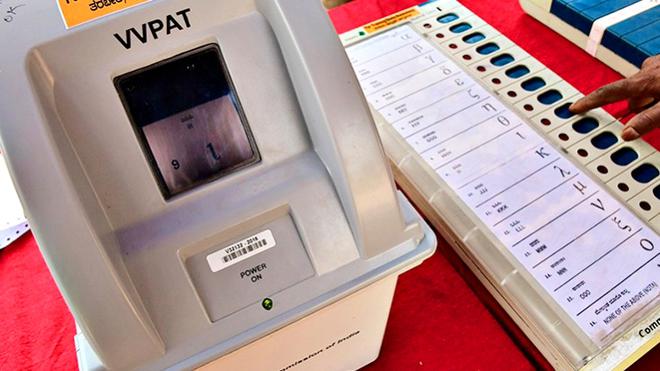29 Apr. 24: In a recent landmark ruling, the Supreme Court sought to address lingering doubts surrounding Electronic Voting Machines (EVMs) and Voter Verifiable Paper Audit Trail (VVPAT) slips. However, rather than quelling the debate, the judgment has sparked a new wave of skepticism among experts and stakeholders.
Prime Minister Narendra Modi hailed the decision as a decisive blow to opposition parties, framing it as a validation of the integrity of EVMs. However, technical experts caution that while the court’s measures may be a step in the right direction, they fall short of ensuring complete transparency and security in the electoral process.
One of the key provisions of the court’s ruling mandates the examination of 5% of EVM microcontrollers by engineers from the manufacturers. While this may seem reassuring, critics point out a glaring omission: the absence of third-party experts in the examination process. Without independent oversight, there are concerns that the engineers may not fully disclose any irregularities they uncover, potentially undermining the integrity of the examination.
Furthermore, the decision to seal Symbol Loading Units (SLUs) alongside EVMs raises logistical and security questions. SLUs, being external devices, pose a unique challenge in terms of storage and safeguarding against potential tampering. The lack of clarity on how these devices will be secured alongside EVMs adds another layer of uncertainty to the process.
The court’s suggestion to explore machine counting of VVPAT slips instead of manual counting has also been met with skepticism. Experts argue that machine counting could introduce new vulnerabilities, such as the potential for manipulation or bias in favor of certain political parties. The lack of safeguards to ensure the accuracy and integrity of machine counting raises doubts about its reliability as a solution.
Moreover, the court’s dismissal of petitions calling for increased VVPAT slip counting or direct voter access to slips has drawn criticism. While the court cites practical concerns such as potential misuse and delays in result declaration, some argue that these concerns could be addressed through proper implementation and oversight, rather than outright dismissal.
In conclusion, while the Supreme Court’s efforts to address concerns surrounding EVMs and VVPAT slips are commendable, the ruling has left many questions unanswered. Without robust measures to ensure transparency, independence, and security in the electoral process, doubts about the integrity of elections are likely to persist. As the nation moves forward, it is imperative that these concerns are addressed comprehensively to safeguard the foundation of democracy.




